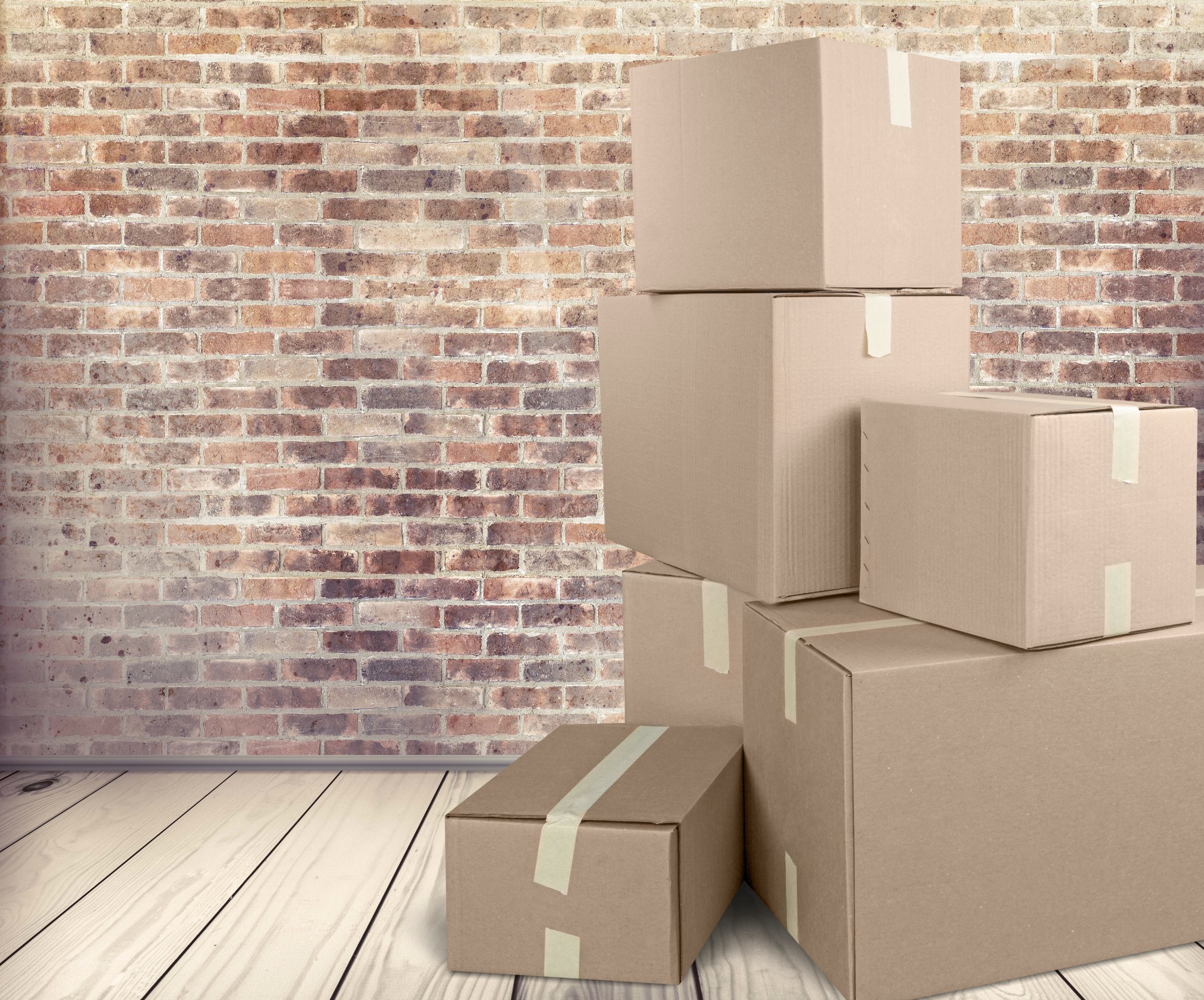There’s no denying that the e-commerce revolution has done wonderful things for convenience. Instead of actually leaving your house for that new dreamcatcher or clown dildo, you can order it from the comfort of your couch. No pants? No problem! Just click that button from Amazon and it’ll be shipped within the hour.
But there is, however, a cost to this convenience, and as e-commerce rapidly supplants the storefront as the way we get our goods, it’s time to ask ourselves, what are our shopping habits doing to the planet? The New York Times’ Matt Richtel looks at our troubled relationship with online shopping, and he reports that its impact is not small:
The environmental cost can include the additional cardboard — 35.4 million tons of containerboard were produced in 2014 in the United States, with e-commerce companies among the fastest-growing users — and the emissions from increasingly personalized freight services.
“There’s a whole fleet of trucks circulating through neighborhoods nonstop,” said Dan Sperling, the founding director of the Institute of Transportation Studies at the University of California, Davis, and the transportation expert on the California Air Resources Board. He also is overseeing a new statewide task force of trucking companies and government officials trying to reduce overall emissions from freight deliveries, including for e-commerce.
Dr. Sperling said that consumers shared as much responsibility for the environmental cost of the deliveries as the companies that provided the speedy services.
“From a sustainability perspective, we’re heading in the wrong direction,” he said.
The simplest way to assuage your guilt over excessive online shopping is to recycle — just break down the mini-fridge-sized box your sunglasses get shipped in and walk it to the recycling bin. But recycling itself uses energy and water. And where do you think that cardboard came from in the first place? Trees! Tree that could have been wildlife habitats, carbon sinks, or maybe awesome treehouses.
Of course, going to the store yourself isn’t exactly carbon-neutral. Stuff is stuff, after all, and it’s going to get packaged and shipped one way or another, whether it’s to you or the big box store across town. But there is one thing you can do — something simple and easy, something that will save you time and money, and maybe even make you happier: Buy less stuff.



